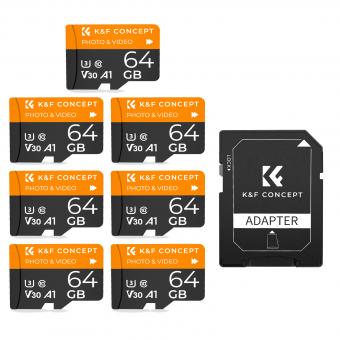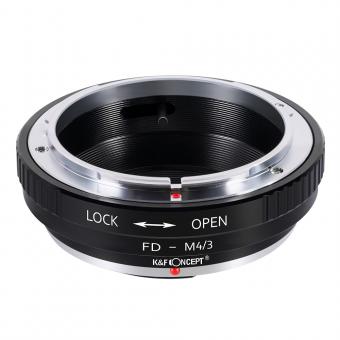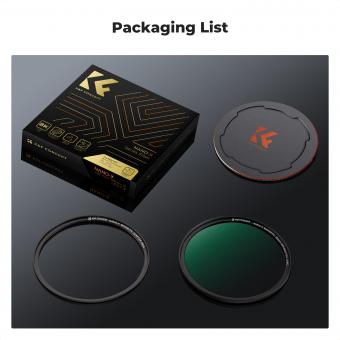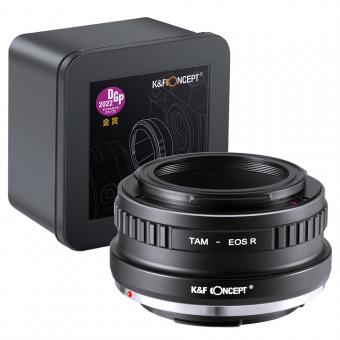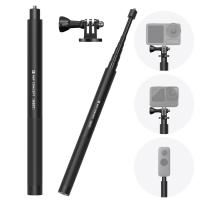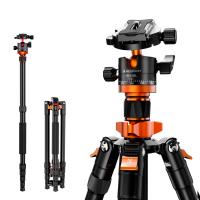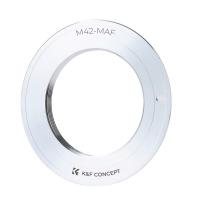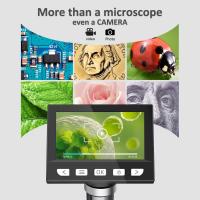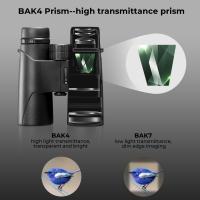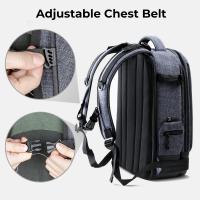How Do Surveillance Cameras Work In Stores ?
Surveillance cameras in stores work by capturing video footage of the store's interior and exterior. The cameras are typically connected to a recording device, such as a digital video recorder (DVR), which stores the footage for later review. Some cameras may also be connected to a live monitoring system, allowing store personnel to view the footage in real-time.
The cameras are strategically placed throughout the store to capture as much of the space as possible, including areas where theft or other suspicious activity may occur. They may also be equipped with features such as motion detection or facial recognition technology to help identify potential threats.
Surveillance cameras in stores serve as a deterrent to theft and other criminal activity, as well as a tool for identifying and prosecuting perpetrators. They also provide valuable insights into customer behavior and store operations, which can be used to improve the shopping experience and increase sales.
1、 Camera Types and Placement
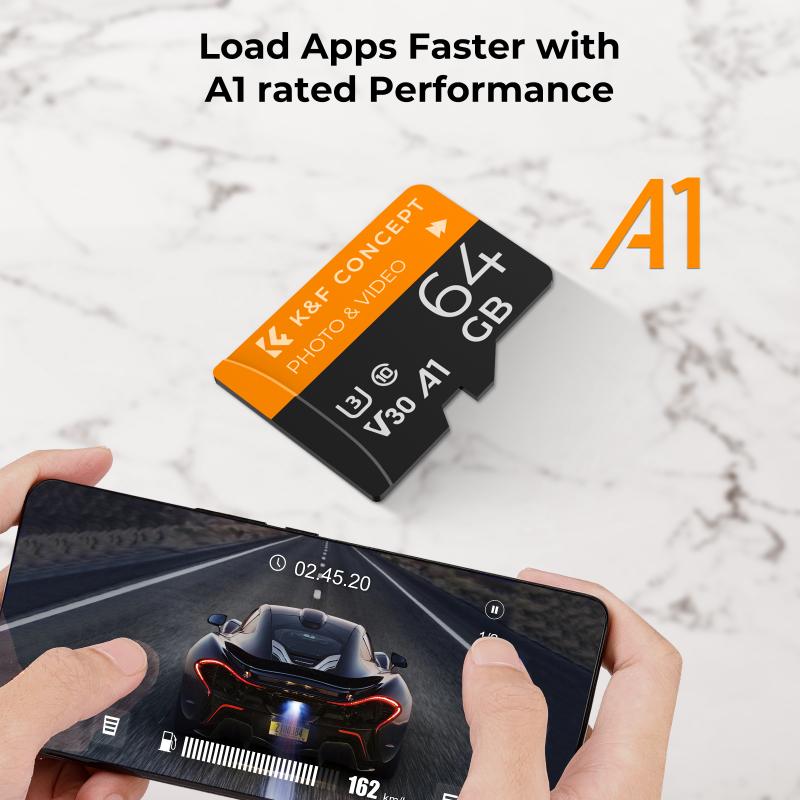
Surveillance cameras in stores are typically placed strategically to capture footage of all areas of the store. There are several types of cameras that can be used, including dome cameras, bullet cameras, and PTZ (pan-tilt-zoom) cameras. Dome cameras are often used for indoor surveillance and are mounted on the ceiling, providing a 360-degree view of the area. Bullet cameras are typically used for outdoor surveillance and are mounted on walls or poles. PTZ cameras are capable of panning, tilting, and zooming, allowing for more flexibility in capturing footage.
In addition to the type of camera used, placement is also important. Cameras should be placed in areas where theft or other suspicious activity is likely to occur, such as near entrances and exits, cash registers, and high-value merchandise. They should also be placed in areas where employees may be more likely to engage in theft or other misconduct, such as stockrooms or break rooms.
The latest point of view on surveillance cameras in stores is that they are becoming more advanced and sophisticated. Many cameras now have features such as facial recognition and license plate recognition, which can help identify suspects and track their movements. Additionally, some cameras are now equipped with artificial intelligence, which can analyze footage in real-time and alert store personnel to potential threats or suspicious behavior. Overall, surveillance cameras in stores are an important tool for preventing theft and ensuring the safety of both customers and employees.
2、 Recording and Storage Systems

Surveillance cameras in stores work by capturing video footage of the store's interior and exterior. The cameras are strategically placed in areas where they can capture the most activity, such as near entrances, exits, and high-value merchandise. The cameras are connected to a recording and storage system that allows store owners to review the footage at a later time.
The recording and storage system typically consists of a digital video recorder (DVR) or network video recorder (NVR) that is connected to the cameras. The DVR or NVR records the video footage and stores it on a hard drive or in the cloud. The footage can be accessed remotely by store owners or security personnel using a computer or mobile device.
The latest point of view on surveillance cameras in stores is that they are becoming more advanced and sophisticated. Many cameras now have features such as facial recognition, license plate recognition, and object tracking. These features allow store owners to identify and track individuals who may be involved in criminal activity.
Additionally, some stores are now using artificial intelligence (AI) to analyze the video footage and detect suspicious behavior. For example, AI can detect when someone is loitering in a certain area or when a group of people are acting suspiciously. This allows store owners to take proactive measures to prevent theft or other criminal activity.
Overall, surveillance cameras in stores are an important tool for preventing theft and ensuring the safety of customers and employees. As technology continues to advance, we can expect to see even more sophisticated surveillance systems in stores.
3、 Monitoring and Control Centers
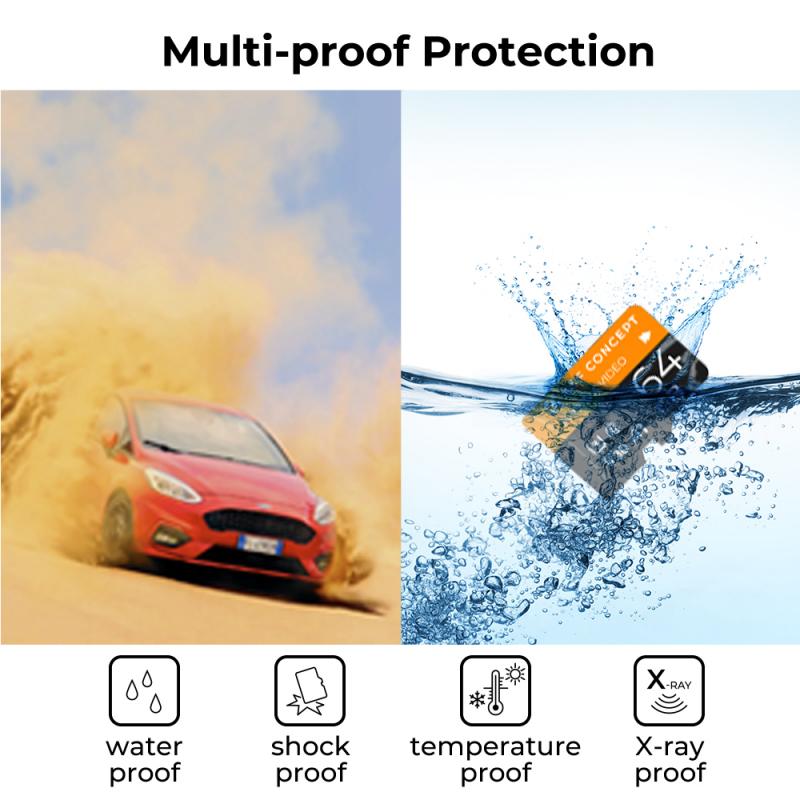
Surveillance cameras in stores work by capturing video footage of the store's interior and exterior. The cameras are strategically placed in areas where they can capture the most activity, such as near entrances, exits, and high-value merchandise. The footage is then transmitted to a Monitoring and Control Center, where it is monitored by trained personnel.
The Monitoring and Control Center is responsible for monitoring the footage in real-time and identifying any suspicious activity. If suspicious activity is detected, the personnel in the center can alert store security or law enforcement to take action. The footage can also be used as evidence in the event of a crime or incident.
In recent years, surveillance cameras in stores have become more advanced and sophisticated. Many cameras now have facial recognition technology, which can identify individuals and track their movements throughout the store. This technology can be used to identify shoplifters or other criminals and prevent them from returning to the store.
Additionally, some stores are now using artificial intelligence (AI) to analyze the footage captured by surveillance cameras. AI can detect patterns and anomalies in the footage, which can help identify potential security threats before they occur.
Overall, surveillance cameras in stores play a crucial role in maintaining the safety and security of both customers and employees. As technology continues to advance, we can expect to see even more advanced surveillance systems in stores in the future.
4、 Video Analytics and Artificial Intelligence
Surveillance cameras in stores work by capturing video footage of the store's interior and exterior. The footage is then transmitted to a central monitoring station where it can be viewed in real-time or recorded for later review. The cameras are typically placed in strategic locations throughout the store to provide maximum coverage and to capture any suspicious activity.
In recent years, video analytics and artificial intelligence have become increasingly important in the operation of surveillance cameras in stores. These technologies allow for the automatic analysis of video footage to detect and alert security personnel to potential threats or suspicious behavior. For example, video analytics can be used to detect when a person enters a restricted area or when an object is removed from a shelf without being paid for.
Artificial intelligence can also be used to analyze customer behavior and preferences, allowing retailers to better understand their customers and tailor their marketing strategies accordingly. For example, AI-powered cameras can track customer movements and analyze their facial expressions to determine which products are most popular and which areas of the store are most frequently visited.
Overall, the use of video analytics and artificial intelligence in surveillance cameras in stores has revolutionized the way retailers approach security and customer engagement. As these technologies continue to evolve, we can expect to see even more advanced and sophisticated applications in the future.









